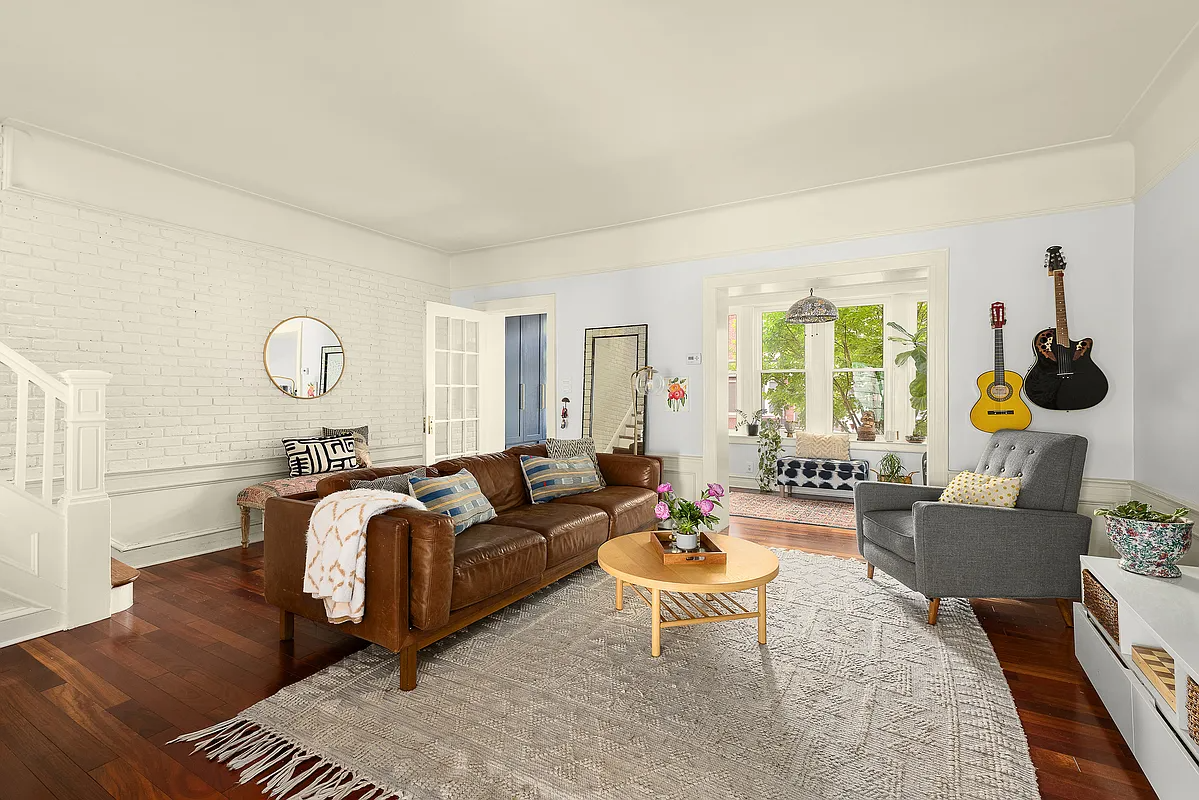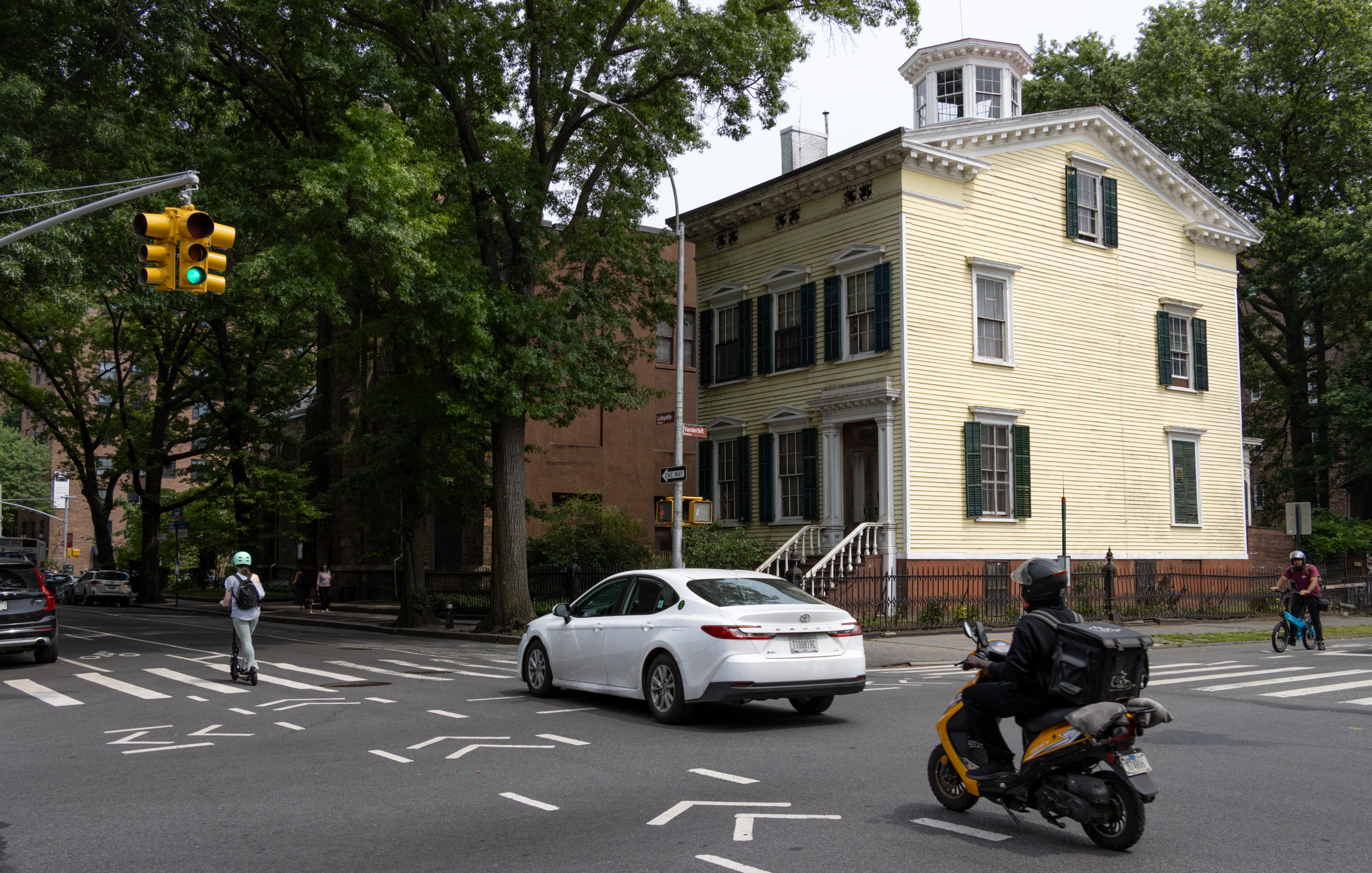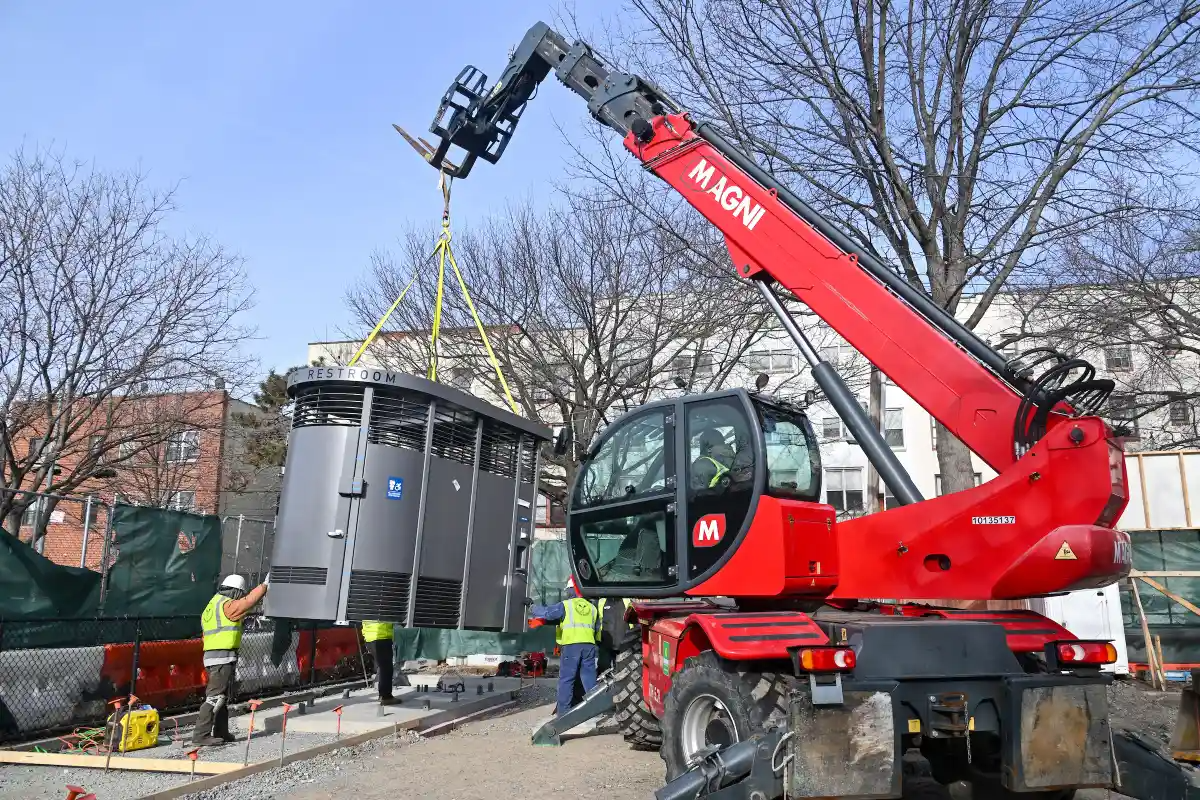Past and Present: 70 Clark Street
A Look at Brooklyn, then and now. I’ve passed this building thousands of times over the years, and I’ve eaten in various incarnations of the restaurant, but it wasn’t until I saw this 1948 photograph, that I ever noticed what a classic 1930’s apartment building this is. The corner windows, the alternating bands of brick…


A Look at Brooklyn, then and now.
I’ve passed this building thousands of times over the years, and I’ve eaten in various incarnations of the restaurant, but it wasn’t until I saw this 1948 photograph, that I ever noticed what a classic 1930’s apartment building this is.
The corner windows, the alternating bands of brick and sandstone, the angular boxy shape itself, all quite apartment Deco. Not an award winner, but a perfectly decent building.
Just to illustrate how bad city records are, this building is listed as being built in 1960.
A building of this kind would be right at home in the Bronx, on or near the Grand Concourse.
In 1948, there was a large Parker’s Drug Store in the restaurant location. It had a lunch counter or soda fountain, as did so many large drug stores at the time. From what little I could find out, it was a neighborhood institution for many years. Since it’s across the street from the Hotel St. George, it must have enjoyed the business generated by people staying at the hotel, or those wanting a milk shake or egg cream before seeing the sights.

(70 Clark St. 1948. Wurtz Brothers. From the Collection of the Museum of the City of New York)

(Photo: Google maps)





The jalousie windows, horizontal pieces of glass, were replaced with regular one over one windows in the 1970s. You can see photos of the Sands Street Memorial Church, an over-the-top sandstone structure with an enormous rose window, inside the restaurant on the corner. The church was erected after the original church was demolished in the process of extending Flatbush Avenue to the entrance to the newly built Manhattan Bridge.
Minard, the church that was here is separated from another one on Henry by two townhouses, and it in turn is across the street from the Zion Lutheran Church. The Church of the New Jerusalem was also one block away, on Clark from Fulton to Monroe Place. Certainly a good reason why Brooklyn used to be called “the City of Churches”.
The building (aerials and all) was brand new in the Wurts photo – DOB has a new building app in early ’47, and the first advertisements for apartments show up in the Times in June ’48.
I’d classify this almost as streamline modern, bordering on bauhaus.
One interesting aspect of the building is that the commercial spaces are owned as individual units and not by the overall co-op.
I love the old corner entrance. It’s too bad that was altered and I wonder why it was.
I am a fan of really bonkers, Minard. I feel it reflects my true personality 🙂
(Of course, I’m not the one into “biomorphic)
the Sand Street Methodist church, which stood here prior to the current building, was a wild turreted affair. Really bonkers in a high Victorian manner. Oh well, things change.
And besides, how many large ornate churches can one neighborhood be expected to sustain?
As many times as I’ve passed this building and eaten in the diner, I’ve never given the building a second glance. Thanks of pointing out this art deco example.
MM, Thanks for the reminder that brownstone Brooklyn did not begin and end in the late 19th century. Good buildings were built after the brownstone period ended. They add variety and historical continuum to our neighborhoods.